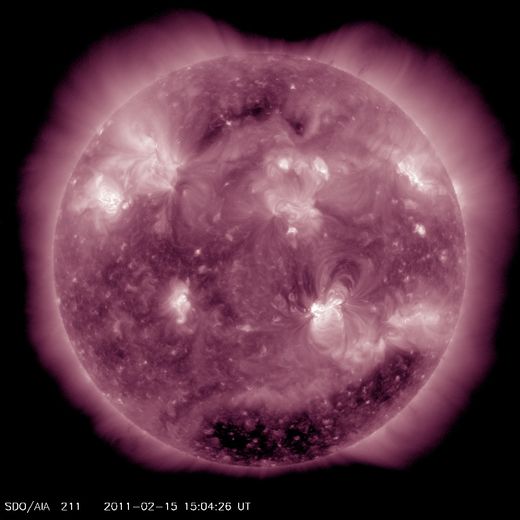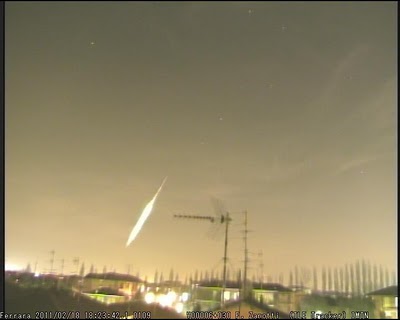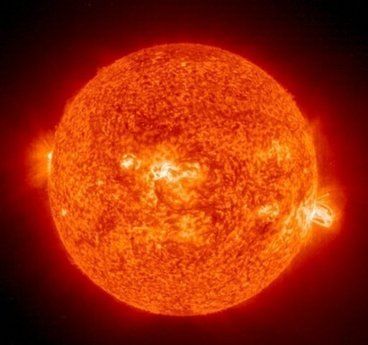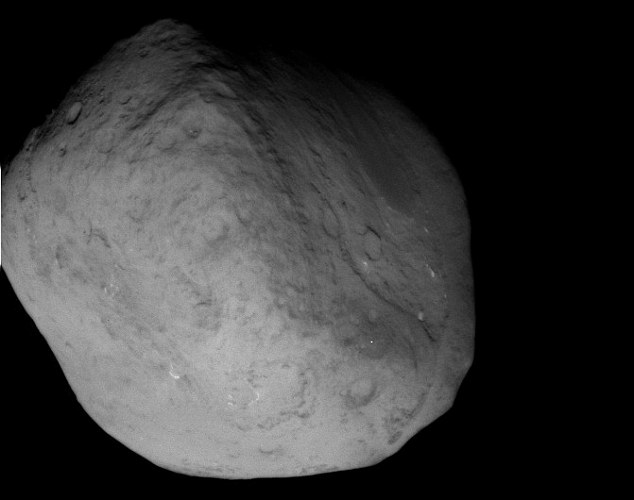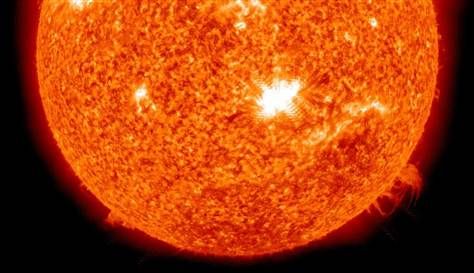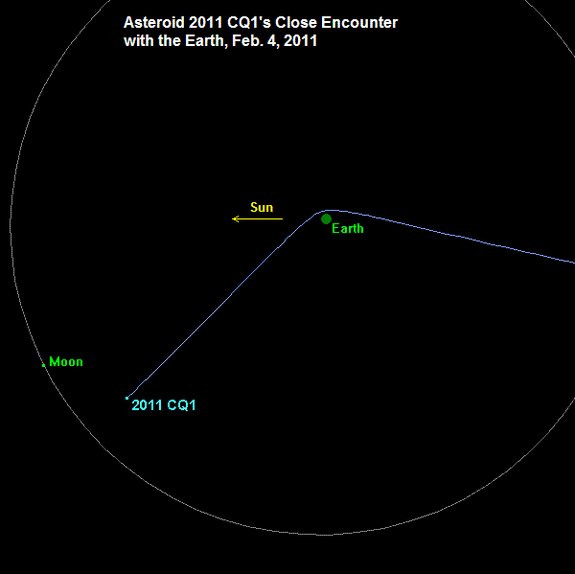
A tiny asteroid that zipped by Earth this month made the closest-ever approach to our planet without hitting it, an encounter that changed its place in our solar system forever, NASA scientists say.
The asteroid, called 2011 CQ1, came within 3,400 miles (5,471 kilometers) of Earth on Feb. 4. Astronomers with NASA's Near-Earth Object office now say the flyby set a record for a space rock.
"This object, only about 1 meter in diameter, is the closest non-impacting object in our asteroid catalog to date," wrote astronomers Don Yeomans and Paul Chodas in a post-flyby analysis. Both scientists work in the NEO office, at NASA's Jet Propulsion Laboratory in Pasadena, Calif.
